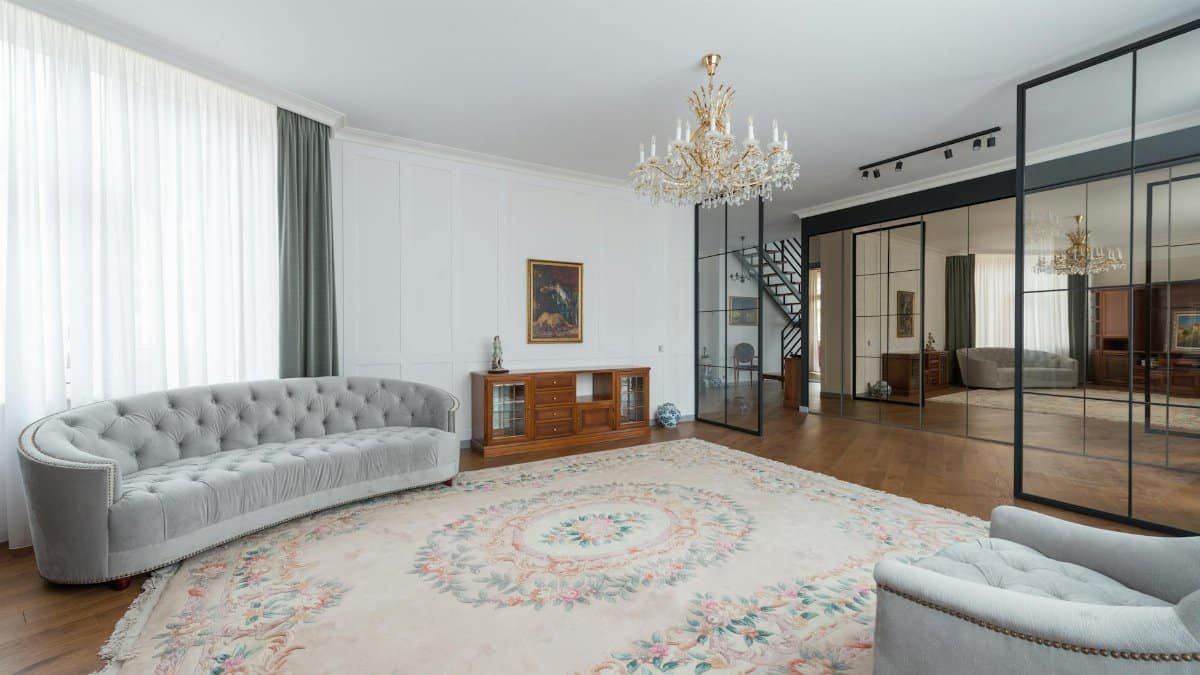New data shows 68% of Americans are intrigued by the idea of downsizing their lives, with many turning to tiny homes for answers. This trend, often tied to tiny houses mindful living, reflects a growing desire for simplicity and sustainability in 2025. These compact spaces aren’t just about cutting square footage—they’re a radical rethink of what it means to live with purpose. From coast to coast, people are finding that less can indeed be more. Here are nine tiny houses that deliver big lessons on intentional living.
1. The Coastal Capsule in Oregon

Perched on the rugged Oregon coast, this 200-square-foot home proves that location can amplify mindfulness. Built with salvaged materials, it’s a testament to sustainable design. Owner Jenna Miles says, “Living here forces me to focus on the ocean, not clutter.” The lesson? Surroundings matter. A mindful space aligns with nature, not against it.
2. The Urban Escape in Austin

In the heart of Austin, Texas, a 300-square-foot tiny house sits on a rented backyard plot. It’s a bold statement against urban sprawl. The owner, a tech worker, slashed rent costs by 60% while curating a minimalist lifestyle. The takeaway: Tiny living can thrive even in bustling cities if you prioritize essentials over excess.
3. The Off-Grid Oasis in Montana
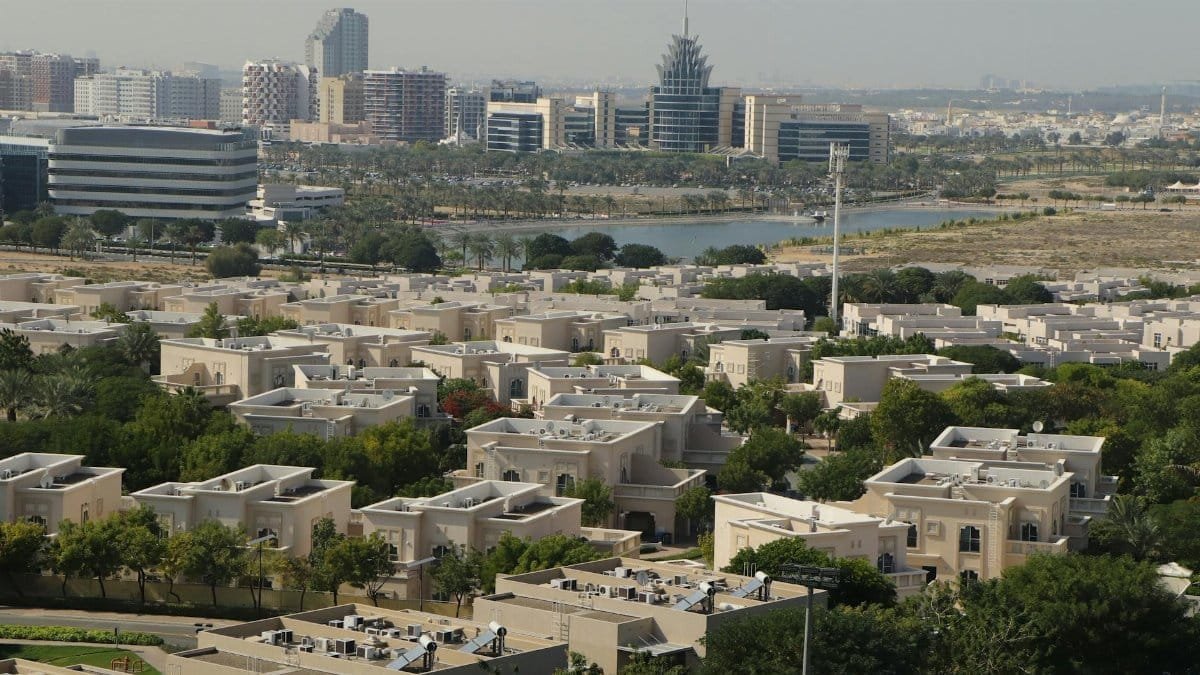
This 180-square-foot cabin in Montana runs entirely on solar power and rainwater collection. Its owners, a retired couple, embrace disconnection from modern grids to reconnect with each other. Studies from the U.S. Department of Energy show off-grid living cuts carbon footprints by up to 80%. The lesson here is clear—mindful living means reducing environmental impact.
4. The Family Fit in North Carolina
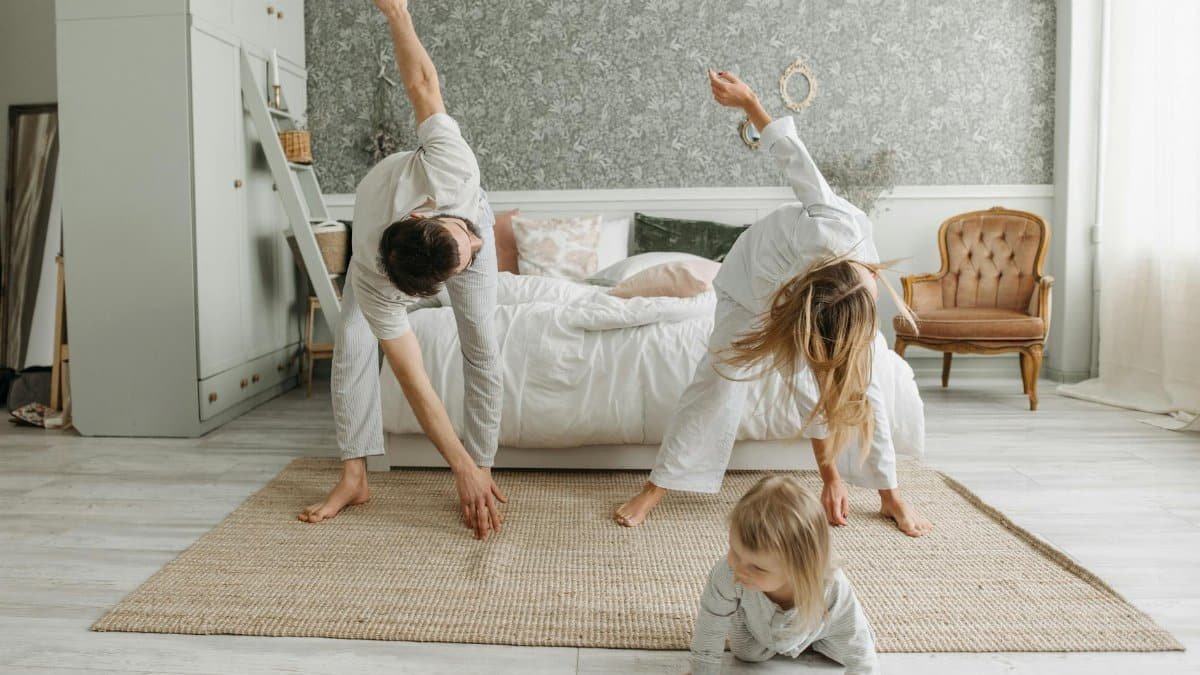
Think tiny houses are just for singles? A family of four in North Carolina defies that with a 400-square-foot home. Custom lofts and multi-use furniture make it work. The parents report stronger family bonds from shared, compact spaces. The lesson: Mindfulness isn’t solitary—it can strengthen relationships through intentional closeness.
5. The Mobile Mindfulness in California

Built on a trailer, this 250-square-foot California tiny house moves with its owner, a freelance artist. Mobility means freedom to chase inspiration without material baggage. The design prioritizes open space for meditation. The big idea? Mindful living through tiny houses often means flexibility over permanence.
6. The Rustic Retreat in Vermont
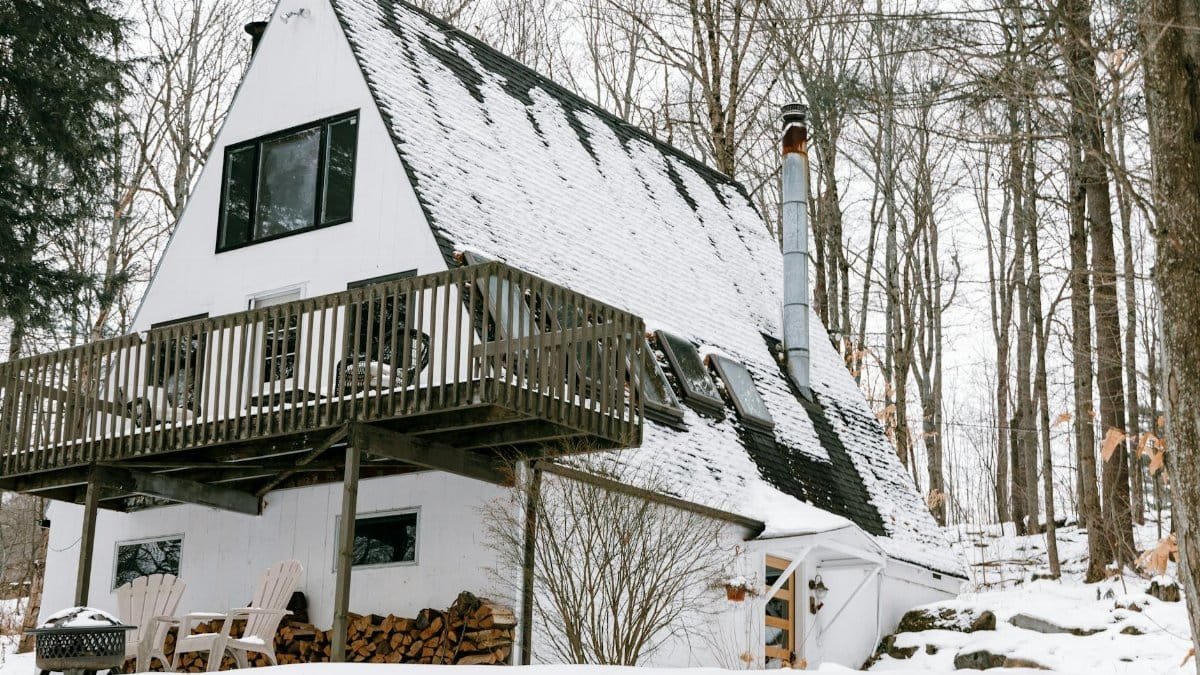
In Vermont, a 220-square-foot cabin made of reclaimed barn wood serves as a writer’s haven. No Wi-Fi, no distractions—just raw simplicity. The owner notes, “I’ve never felt clearer.” The lesson is that tiny spaces can be mental sanctuaries, stripping away noise for deeper focus.
7. The Eco Experiment in Colorado

A Colorado tiny house, built with hempcrete and recycled glass, pushes eco-friendly design to the limit. Its 300-square-foot layout uses 90% less energy than a standard home, per data from the National Renewable Energy Laboratory. The lesson from this experiment? Mindful living demands innovation in materials and energy use.
8. The Desert Dwelling in Arizona
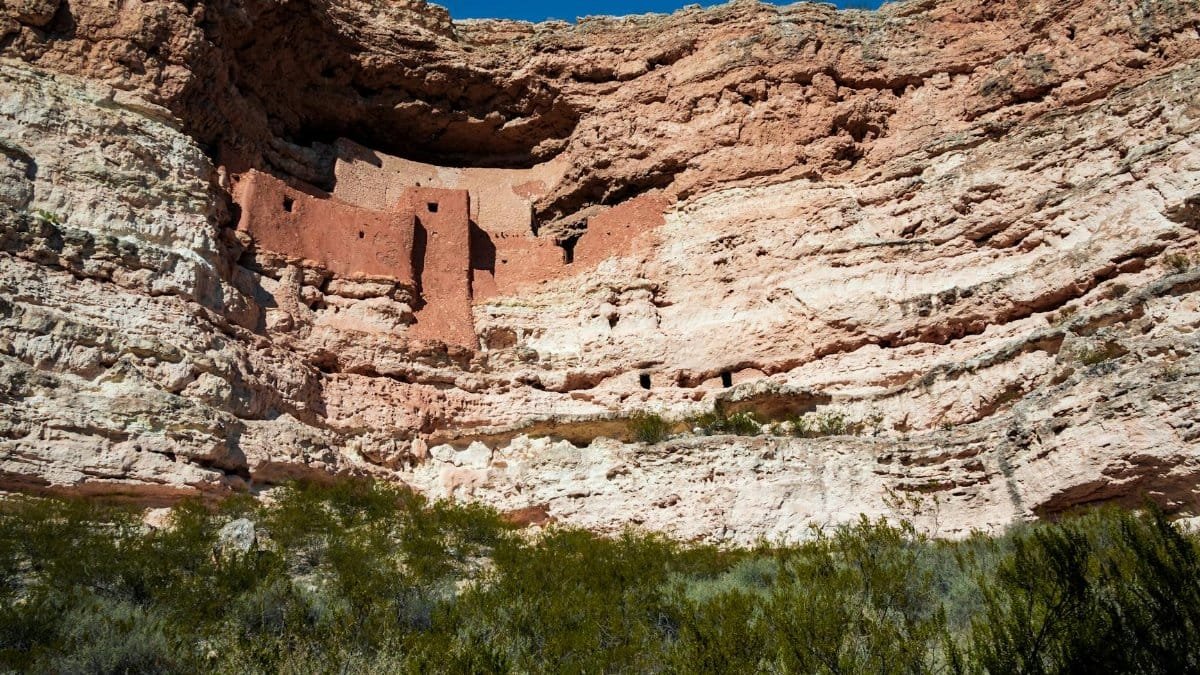
In Arizona’s scorching desert, a 280-square-foot home uses passive cooling and minimal water to survive harsh conditions. The owner, a climate activist, designed it to prove sustainable living works anywhere. The takeaway: Tiny houses mindful living adapts to any environment with smart, conscious choices.
9. The Community Connector in Washington

Part of a tiny house village in Washington, this 240-square-foot home shares communal gardens and resources with neighbors. Residents report a heightened sense of belonging. The lesson is powerful—mindful living isn’t just personal. Tiny houses can foster community, proving connection is as vital as space.
